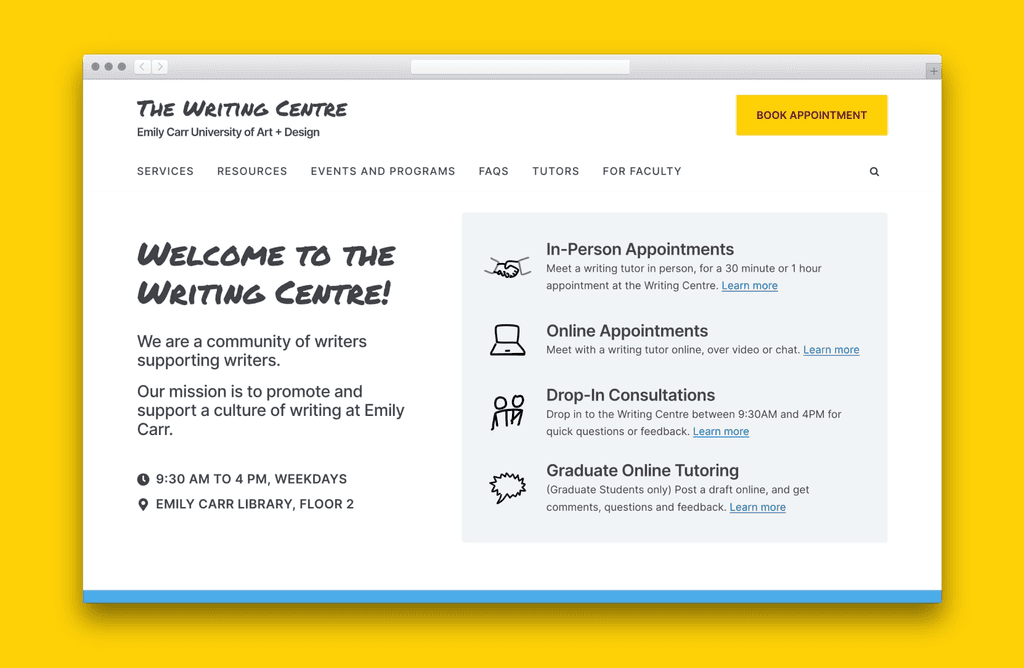Redesigning Simbi Assignments
to increase teacher engagement
Simbi is an ed-tech web platform used by teachers and K-12 students.
I worked on simplifying teachers' workflow as they create assignments for their class.
Team
2x Product designers
+ 1x PM
+ 1x developer
My Role
Userflows + IA
+ Interaction design
+ Visual design
Impact
67% increase in assignment creation
About the Company
Simbi is an ed-tech web platform used by teachers and K-12 students.
Teachers use Simbi to schedule and review reading assignments for their classrooms. As students read and narrate these books for their teachers to review, they improve their reading skills.
1
2
3
4
Problem area
We noticed teachers faced several usability issues while using Assignments.
Teachers gave us user feedback and complaints.
We also made observations on analytics tools including Mixpanel and Fullstory, and noticed form abandonment and rage clicks. We discovered issues including:
1
Issue: Existing 4-page form is too long and complex
2
Issue: Optional fields are often left blank, so this feature is underused
3
4
Issue: This list is poorly organized and frustrating to use.
Overall Goals
How might we improve the discoverability of Simbi's book library?
Specific Goals
Identify and remove pain points in Filter usage
Increase assignment creation by 50%
Increase usage of post-assignment question features
Project Strategy
I took on an iterative process, adapting to feedback along the way.
1
User observation
We noticed issues of form abandonment and rage clicks while observing users on analytics tools including Mixpanel and FullStory.
Our customer feedback channels saw several feedback points and complaints from teachers as they faced issues while creating assignments.
2
Userflows
I began by working with product and development teams to simplify the user's journey.
3
Competitor analysis
I took on competitor analysis to understand how other ed-tech platforms enabled teachers to create assignments.
Assignment creation forms often allowed teachers to customize their assignment by adding descriptions and start/end dates, but wouldn't emphasize these options.
This helped teachers create assignments quickly if they're happy with defaults, but also customize their assignments for their students' needs.
4
Wireframes and Prototypes
We iterated over wireframes and prototypes, emphasizing options that were required and de-emphasizing (but still including) options that weren't required.
Key Contributions
I implemented several features based on problem and opportunity areas.
Problem Area:
The previous 'Assignment Details' form had blank fields for questions and customization that teachers would often skip.
Here, the 'Assignment Directions' and 'TellMe directions' fields were large and imposing, while doing a poor job of helping the teacher fill them out.
I included pre-selected choices for Assignment details that let teachers set up in one click.
While many of these options were set up to work for the majority of English-learning students' needs, we also allowed teachers to enable customization options, like adding 'Assignment directions' and setting up custom start and end dates.
Suggested questions to ask learners after their assignment
Sample options were included in a drop-down menu. Teachers could also write their own questions.
This replaced an often-avoided textbox, and the examples helped teachers understand the feature.
Problem Area:
Teachers were often frustrated by the UX for choosing which groups and students to assign to.
They had to select groups and students in separate lists, which limited how quickly they could move through this part of the form.
I designed a simple list of possible assignees that teachers could choose from.
This included all their groups and students.
A 'quick search' feature made it easy to find potential assignees by name.
Problem Area:
The previous Assignments List did not give users clear indication on which one they should choose to review.
I implemented a new, info-dense assignments viewer
The new Assignment Viewer includes progress bars and completion stats for each assignment.
This helps teachers prioritize which one they’d like to review.
Results
67% increase in assignments created, and happier educators
Specific Goals
80% increase in post-assignment questions included
Successful completion of tasks in user feedback sessions
Significantly reduced reported user issues















